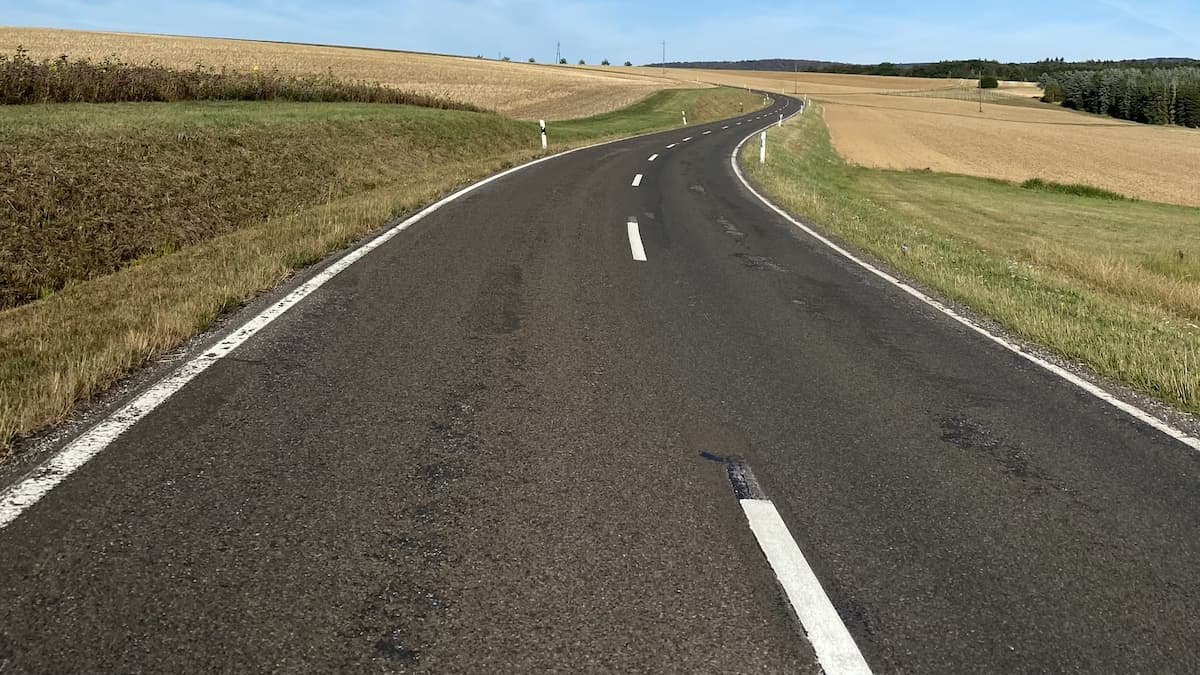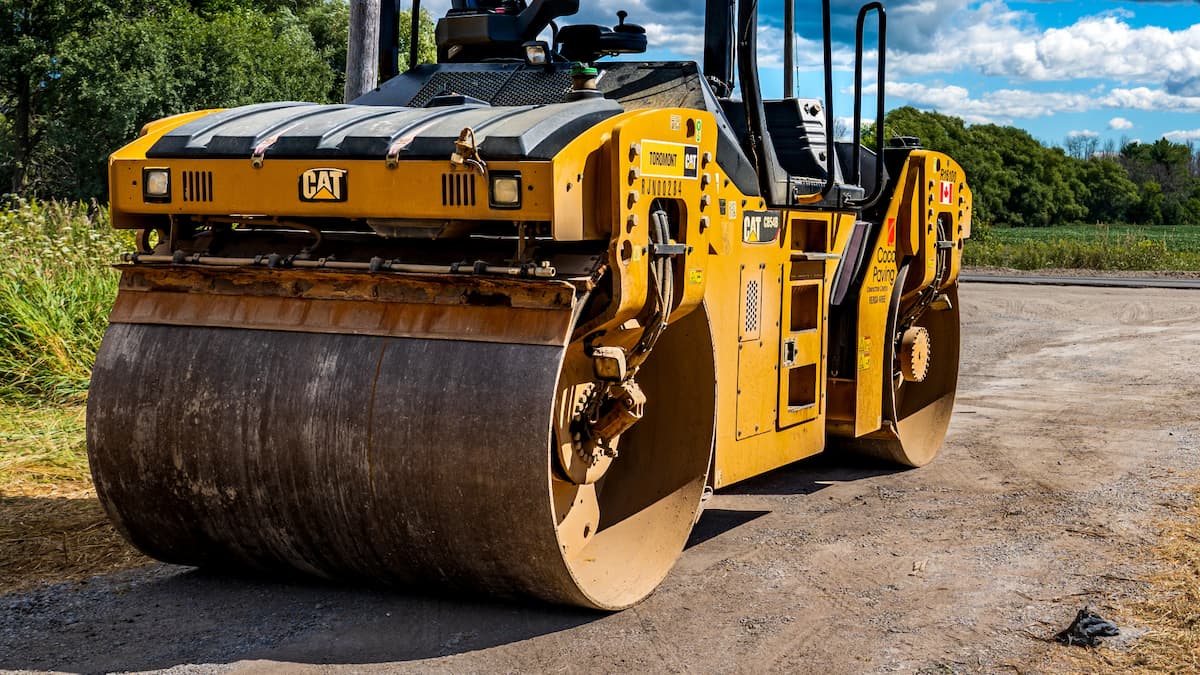The Evolution of Modern Roads – Who Invented Tarmac?
May 30, 2024 Tarmacadam, Road Surfacing 4 min read

The progression in road surfacing has been fundamentally driven by the ingenuity of two notable figures: John Loudon McAdam and Edgar Purnell Hooley. Their contributions, spanning nearly a century apart, laid the groundwork for the modern roads we travel today. This article delves into their innovations and the timeline of road surfacing improvements.
John Loudon McAdam and the Birth of Macadam Roads
John Loudon McAdam, a Scottish engineer born in 1756, revolutionised road construction in the early 19th century with his innovative method known as “macadamisation“. Prior to McAdam’s method, roads were often rudimentary and problematic, particularly for the increasing traffic and the emerging use of carriages and later, motor vehicles.
In 1820, McAdam introduced a new design for road construction, focusing on a layered approach. His method involved laying crushed stone and gravel in three layers: a foundation of larger stones, middle layers of progressively smaller stones, and a top layer of fine gravel. This construction allowed for better drainage and a more durable road surface. Crucially, these roads were cheaper and more efficient to build and maintain compared to the previous methods, which often involved large, uneven stones.
McAdam’s approach did not initially incorporate any binding agents; rather, it relied on the mechanical interlock of the stone layers and the natural compaction from traffic to create a solid and serviceable surface. This innovation quickly became the standard for road building in Europe and America, ushering in a new era of infrastructure development.
Edgar Purnell Hooley and the Invention of Tarmacadam
Fast forward to the early 20th century, the shortcomings of macadam roads began to surface, particularly with the prevalence of dust and maintenance issues as traffic increased. Enter Edgar Purnell Hooley, a Welsh inventor and the key figure behind the invention of tarmacadam.
In 1901, Hooley stumbled upon an accidental patch of road surface outside Denby ironworks in Derbyshire that had been covered with tar and furnace slag. Noticing that this patch was dust-free and more resilient to the wear and tear of traffic, he realised the potential of combining tar with macadam to produce a more durable road surface. By 1902, Hooley had patented this new method, making tarmacadam the next crucial development in road surfacing technology.
The combination of tar with macadam (crushed stone and sand) proved revolutionary. The tar acted as a binder, reducing dust and significantly improving the road’s durability by sealing the surface and preventing water ingress, which could lead to road damage. This new material was soon known as “tarmac” (a portmanteau of tar and macadam), and it became the standard for road construction worldwide.

Tarmac Steam Roller
The Rise and Impact of Tarmac
By 1903, Hooley formed the TarMacadam Syndicate Ltd, which later became Tarmac Limited, a name still synonymous with road construction today. The first practical applications of tarmacadam proved its worth, and the material quickly proliferated, being used extensively in roads, airfields, and various infrastructure projects.
The advantages of tarmac were clear:
- Durability: The binding properties of tar made the surfaces more resistant to the effects of heavy and frequent traffic.
- Reduced Dust: Tarmac substantially cut down the dust problem that plagued macadam roads, making travel cleaner and more pleasant.
- Efficiency: Tarmac roads required less frequent maintenance compared to their predecessors.
Hooley’s innovation not only improved road safety and comfort but also supported the burgeoning automotive industry, which required more reliable and smoother road surfaces.
The legacy of John Loudon McAdam and Edgar Purnell Hooley lives on in every modern road we use today. While McAdam’s pioneering methodology laid the foundational principles of good road construction, it was Hooley’s inventive leap to bind these surfaces with tar that perfected the concept, resulting in the tarmac roads we rely on so heavily.
This historical progression from macadam to tarmacadam showcases the importance of innovation in infrastructure, reflecting how incremental advancements can lead to significant improvements in everyday life. As we continue to develop our road networks, the ingenuity of McAdam and Hooley remains at the core of how we build and maintain our vital transport routes.
Get a free quote
Call us on 020 3808 8086 or fill in the short form below.
"*" indicates required fields